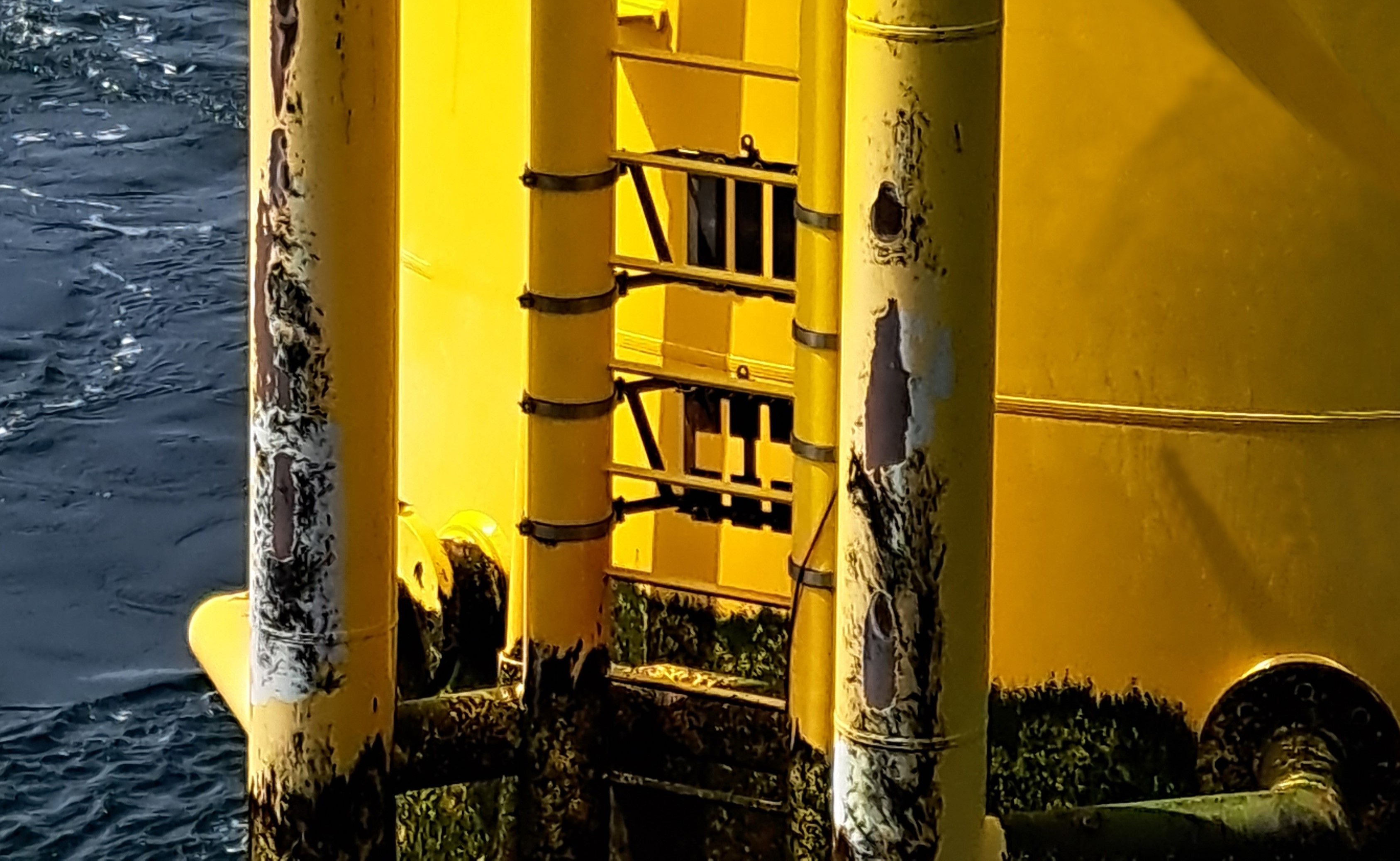
Source: BAM
Project period
01/07/2024 - 30/06/2027
Project type
Collaborative research project
Project status
Ongoing
Description
The ‘Nanopflaster’ project aims to increase the service life and reliability of substructures and towers of offshore wind turbines through the application of a nanolaminate coating as a post-weld treatment.
Location
Bundesanstalt für Materialforschung und -prüfung
Unter den Eichen 87
12205 Berlin
Source: BAM
Source: BAM
Source: BAM
Source: BAM
Project coordination:
TUHH Technical University of Hamburg
Partners:
Bundesanstalt für Materialforschung und -prüfung
JBO Jörss-Blunck-Ordemann GmbH
Steelwind Nordenham
Associated partners and project support committee:
AG der Dillinger Hüttenwerke
EnBW Energie Baden-Württemberg AG
RWE Offshore Wind GmbH
Salzgitter Mannesmann Forschung GmbH
Siemens Gamesa Renewable Energy GmbH
TÜV SÜD Industrie Service GmbH
Vestas Wind Systems A/S
Funding:
Bundesministerium für Wirtschaft und Klimaschutz
In the "Nanopflaster" project, the Bundesanstalt für Materialforschung und -prüfung (BAM) plays a central role in the development and validation of an innovative nanolaminate coating, which is intended to be optimized for use in offshore wind turbines. The focus of BAM is on the detailed analysis of the influence of these coatings on the fatigue strength and corrosion resistance of welded steel components. These components are particularly vulnerable to damage in structures of OWEAs and therefore represent critical weak points. The experimental investigations to be conducted at BAM are aimed at determining Wöhler curves for various weld details with and without nano-laminate coatings. To incorporate the corrosion damage mechanism, the same series of tests will be performed with specimens that were previously pre-corroded, for example, in a salt spray fog chamber. Special attention is therefore paid to the investigation of the combined effects of fatigue and corrosion. The effects of pitting corrosion will also be examined in detail, both with and without the optimized coating. The conducted methods include the use of electrochemical procedures and 3D profilometry for the precise analysis of corrosion processes and the surface condition of treated components. Another key component of BAM's work is the performance of large-scale fatigue tests on tubular joints, which are intended to enable the transfer of results. Additionally, BAM develops condition models for those damage mechanisms that can predict the service life of offshore structures, taking into account the combined effects of fatigue and corrosion. BAM also makes an important contribution to the standardization of the new concepts developed and to the integration of project results into industrial production processes. Through these comprehensive activities, BAM contributes to the development of sustainable and efficient offshore wind turbines.
Project partners
BAM, Division 7.2 Buildings and Structures and Division 7.6 Corrosion and Corrosion Protection
TUHH, Institute for Metal and Composite Structures
www.tuhh.de
JBO Jörss-Blunck-Ordemann GmbH
www.j-b-o.de
Steelwind Nordenham
en.steelwind-nordenham.de


